Content

Agricultural Water Solution
Update: 06/01/2025
Share:




Treating agricultural wastewater is extremely necessary to limit the negative impacts on human health. In recent times, the agricultural sector in our country has made significant advancements with outstanding achievements, contributing to the nation's development.
.jpg)
1. What is agricultural wastewater?
Agricultural wastewater is generated through the misuse of fertilizers, pesticides, insecticides, etc., causing environmental pollution in surface water bodies such as rivers, streams, canals, ponds, and lakes.
Without timely treatment, the residual pesticides and fertilizers in surface water will seep into the soil and groundwater, leading to pollution of groundwater sources, soil contamination, and negative impacts on the environment and humans.
It is estimated that over half of the fertilizer applied directly to the soil is used by crops, while the remaining portion becomes a source of pollution, negatively affecting the ecosystem.
What does agricultural wastewater usually contain?
Agricultural wastewater originates from various sources. These include chemical residues from farming activities, which contain plant protection chemicals. Additionally, wastewater from livestock farming contains a significant amount of harmful substances. Specifically:
- The nitrogen factor accounts for about 60% (15 - 20% is decomposed into gas, 20 - 25% is converted into organic matter and remains in the soil, and the remaining 20% is washed away directly into rivers as NO3).
- Phosphorus levels are washed away and discharged directly into river systems in the form of eroded soil. On average, about 6 - 15kg of phosphorus compounds (P2O5) per hectare of land remain.
- Livestock wastewater contains high levels of suspended solids, impurities, nutrients, and high levels of microorganisms. Basic pollution parameters of this type of water include BOD5, COD, Nitrogen, Coliform bacteria, etc.
- In addition, the presence of residual pesticides, plant protection chemicals, fertilizers, etc., poses a certain level of danger.
2. Treating agricultural wastewater
Treating agricultural wastewater is the process of removing waste materials and pollutants from wastewater, including physical, biological, and chemical treatment processes.
.jpg)
The goal of this process is to produce a liquid stream that is safe for the soil-water environment and can be reused in supplying water to crops.
Treating agricultural wastewater includes preliminary treatment, secondary treatment, and tertiary treatment.
- Preliminary treatment in settling tanks: During this stage, solid and heavy materials settle to the bottom, organic debris or bodies are retained on metal screens, and oils float to the top for separation.
- Secondary treatment: Chemical methods are used to treat agricultural wastewater to remove hard-to-decompose waste materials, minimizing environmental pollution. Additionally, combining with biological methods helps break down complex organic compounds into simpler or inorganic compounds to clean the water source.
- Tertiary treatment: After undergoing the above treatment steps, the wastewater is disinfected using chemical or physical methods to ensure the water is free from pollutants and the outlet water meets the standards for irrigation or domestic use.
3. Agricultural wastewater treatment system
Toàn Á agricultural wastewater treatment system meets all criteria for perfect selection, as it provides a mechanical treatment method that ensures absolute safety for the outlet water source.
This is the leading solution in agricultural wastewater treatment, bringing sustainable development to the agricultural sector, contributing to environmental sanitation and ensuring human health protection from harmful effects.
Advantages of agricultural wastewater treatment technology
- Uses mechanical energy, maximizes energy savings.
- Thoroughly cleans suspended solids, gaseous substances such as phenol, methane, ammonia, iron, etc.
- The outlet water meets the standards set by the Ministry of Health (QCVN 01:2009/BYT, QCVN 02:2009/BYT).
- Compact design, minimal space requirements.
- High capacity, stable operation, long service life.
- Simple maintenance and installation.
These are some of the basic issues and methods for treating agricultural wastewater. This topic requires the collaborative efforts of various sectors of society, engineers, businesses, etc., to develop the most effective and comprehensive solution, minimizing water pollution in rural areas today.
Update: 06/01/2025
Share:










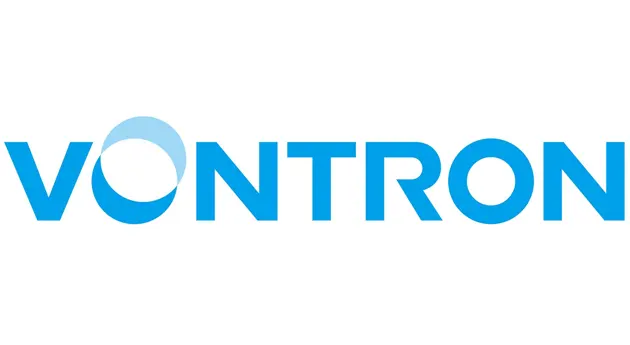
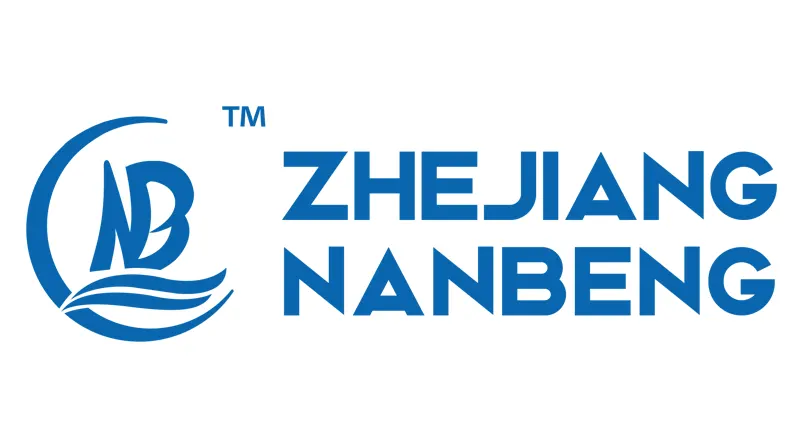


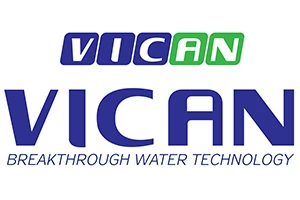






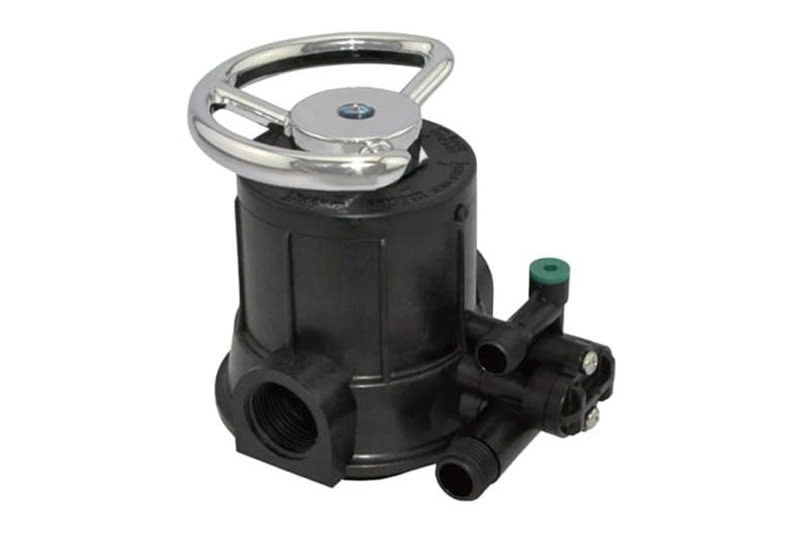
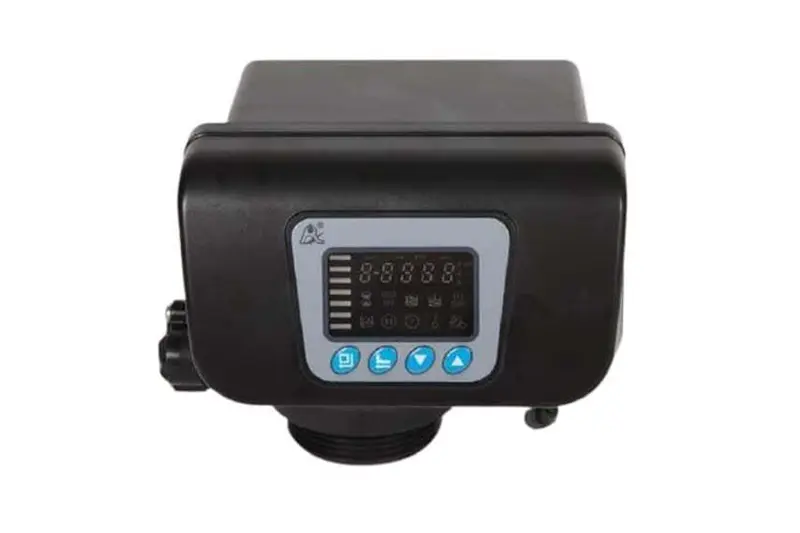




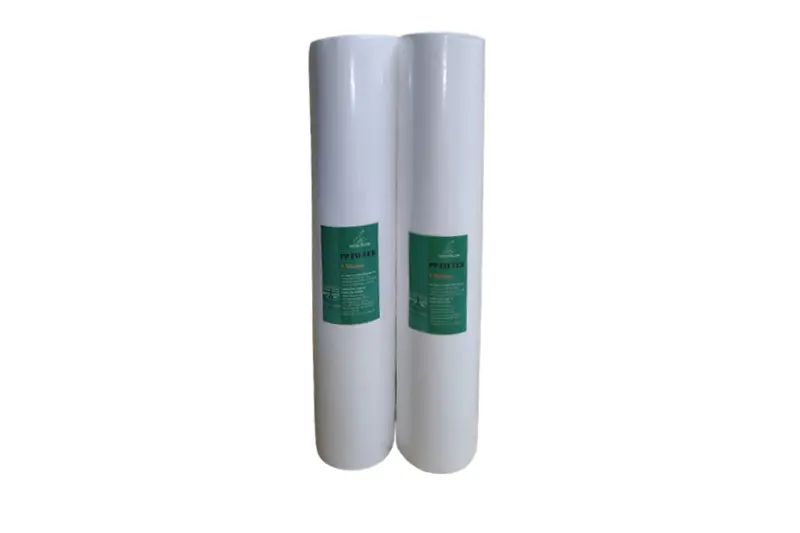



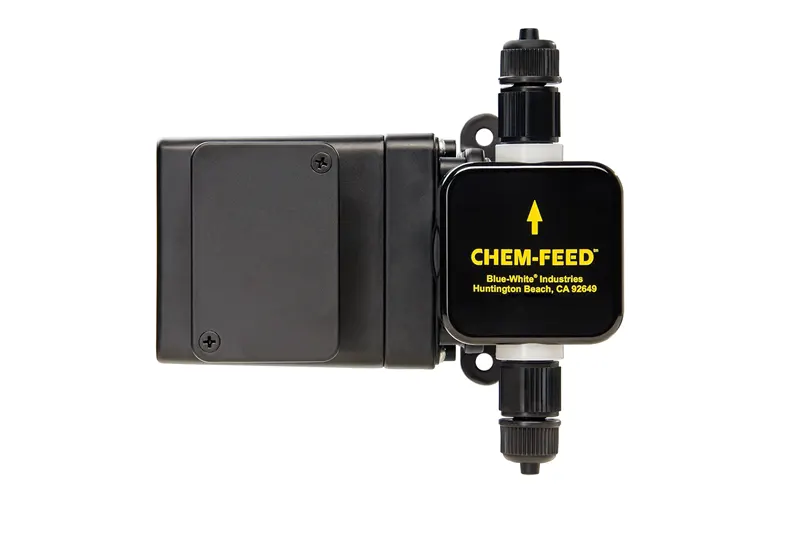
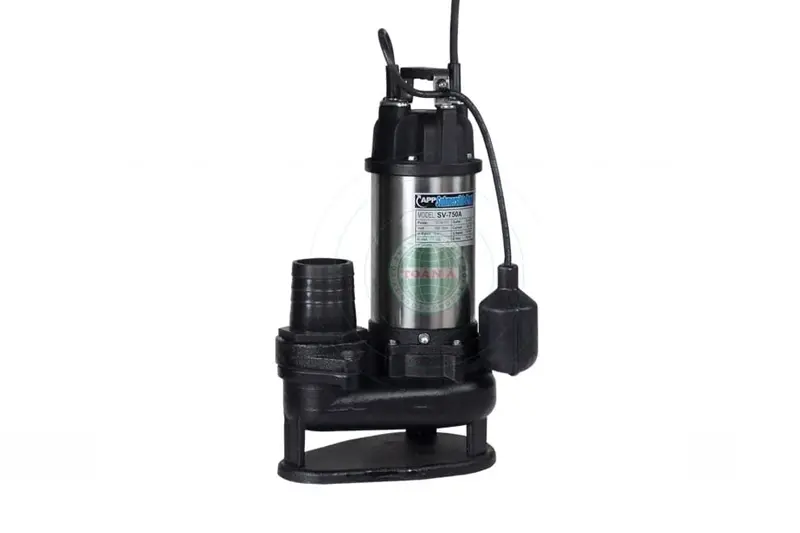



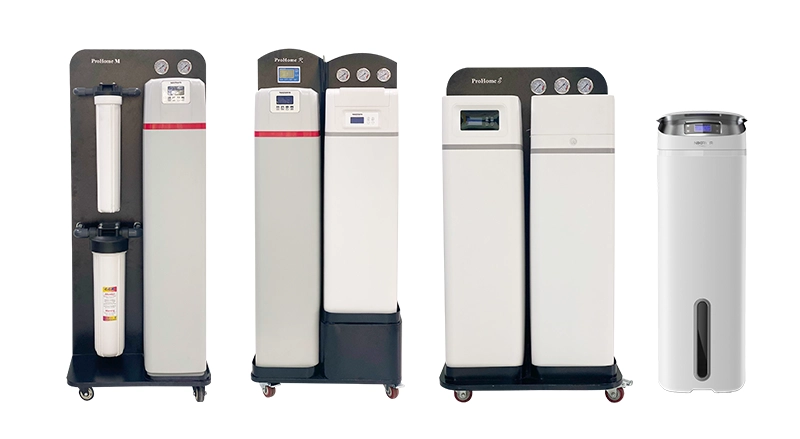
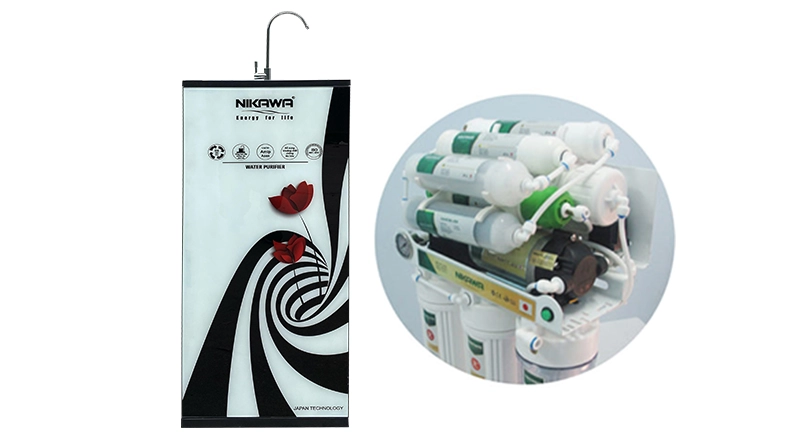
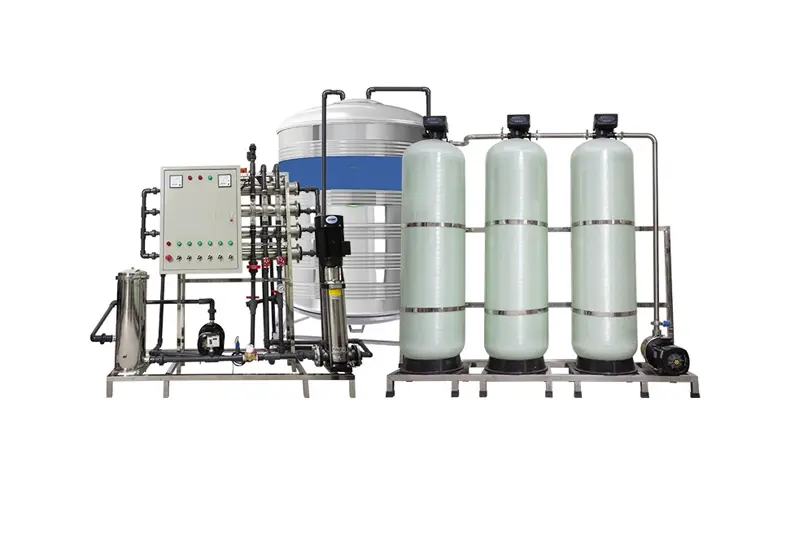
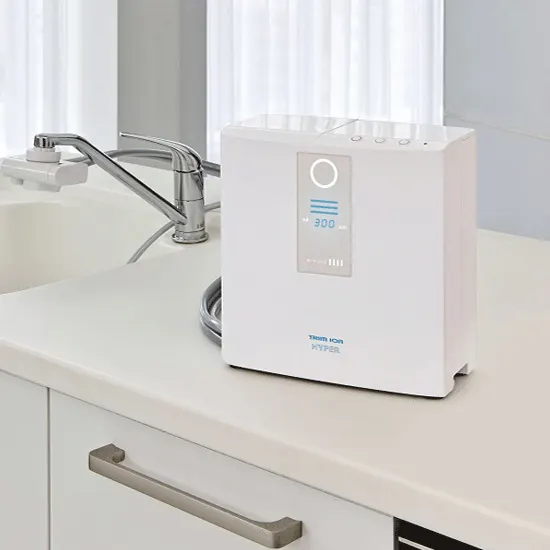
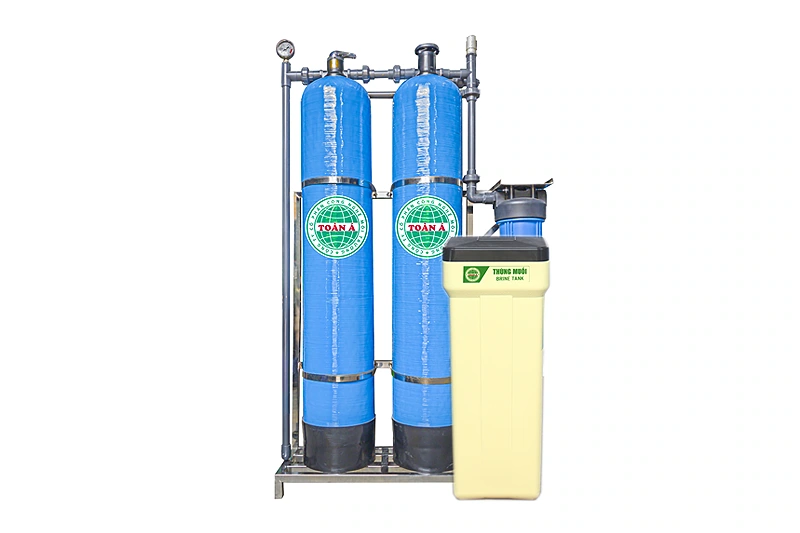


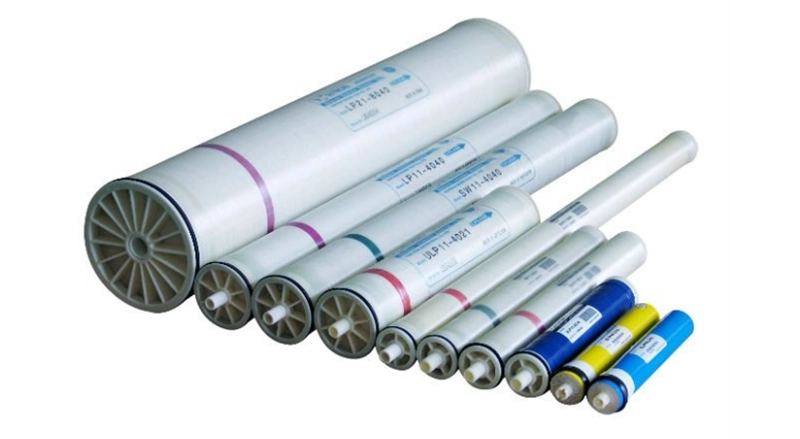
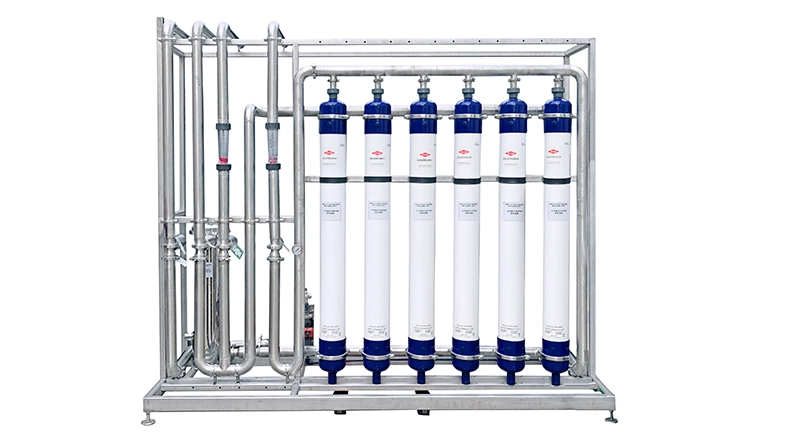


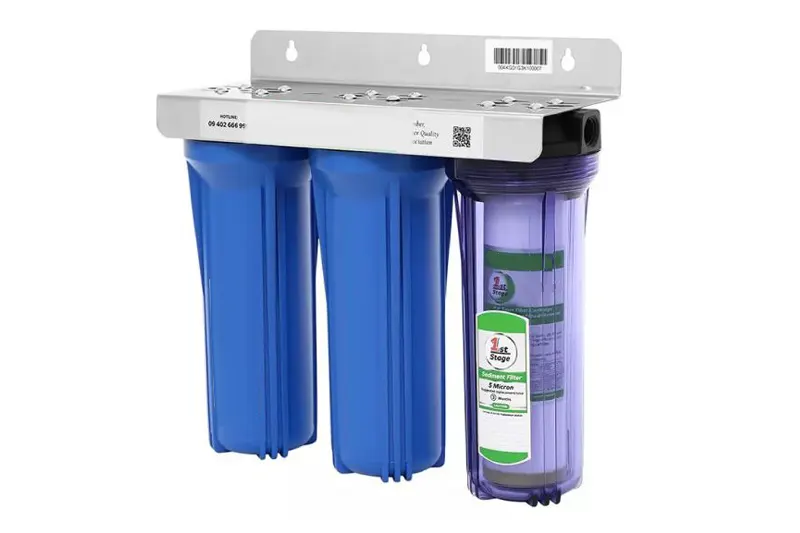

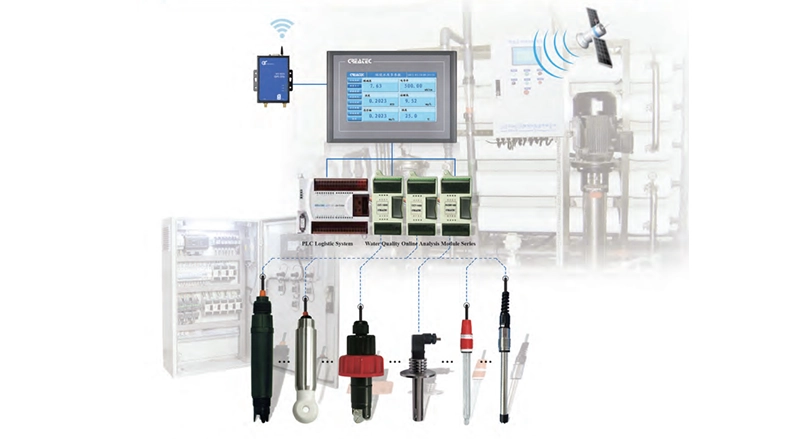
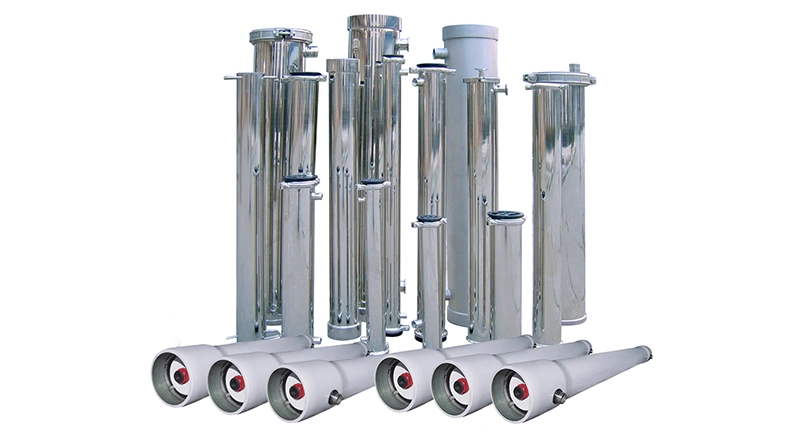
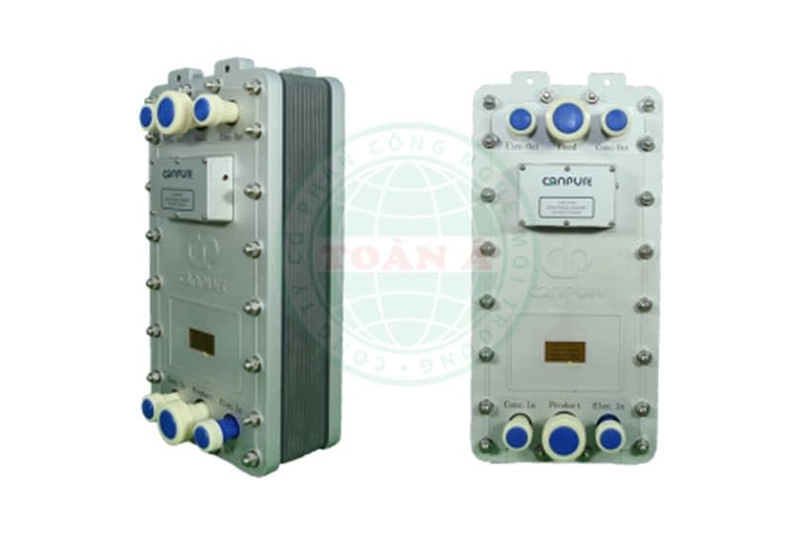
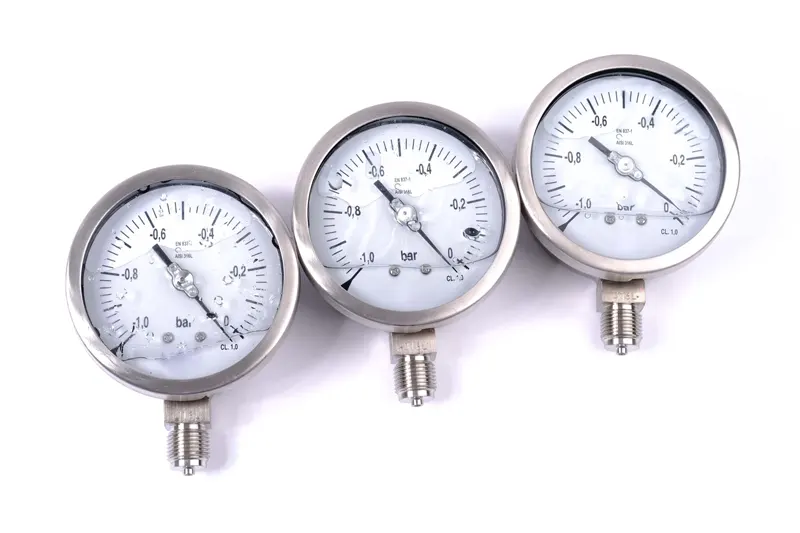
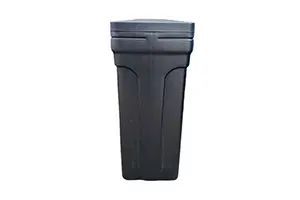


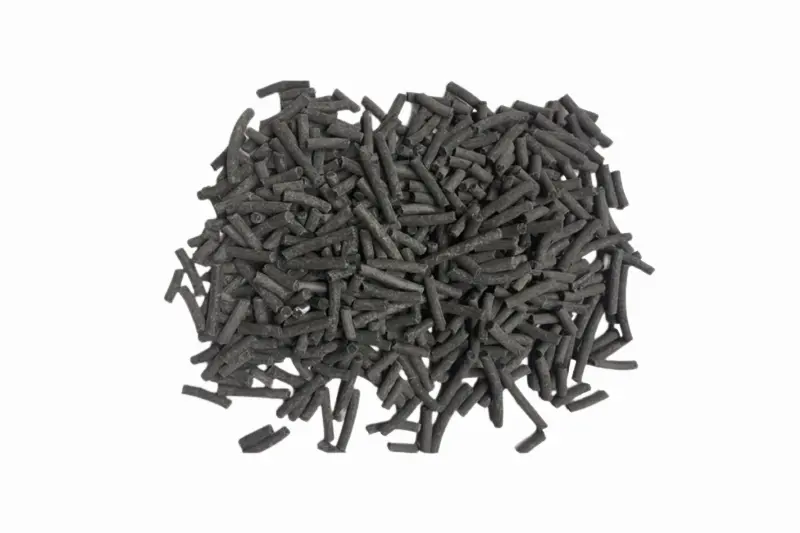
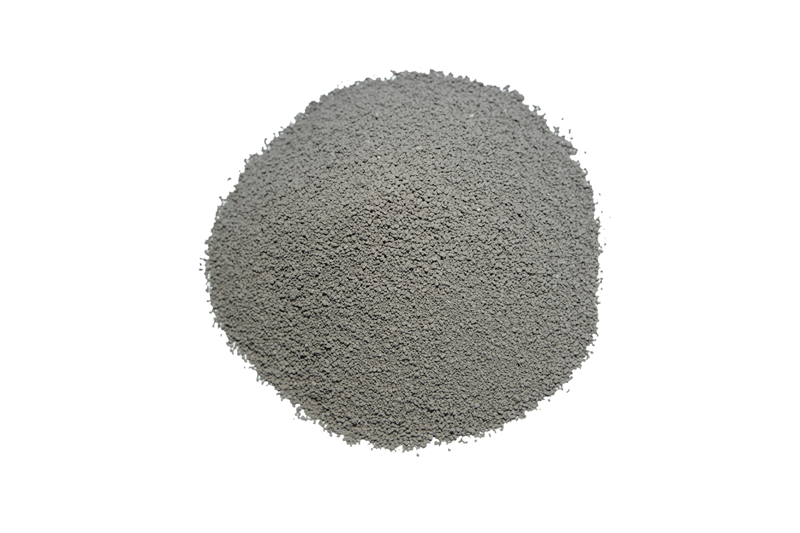
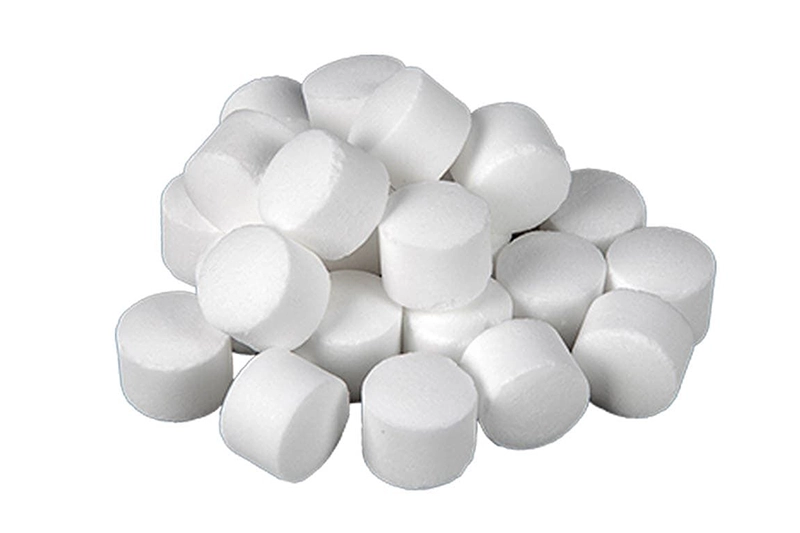
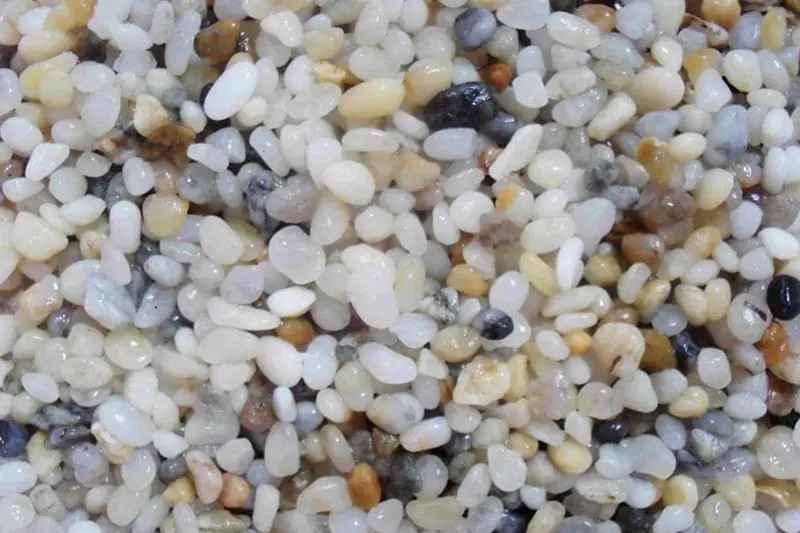
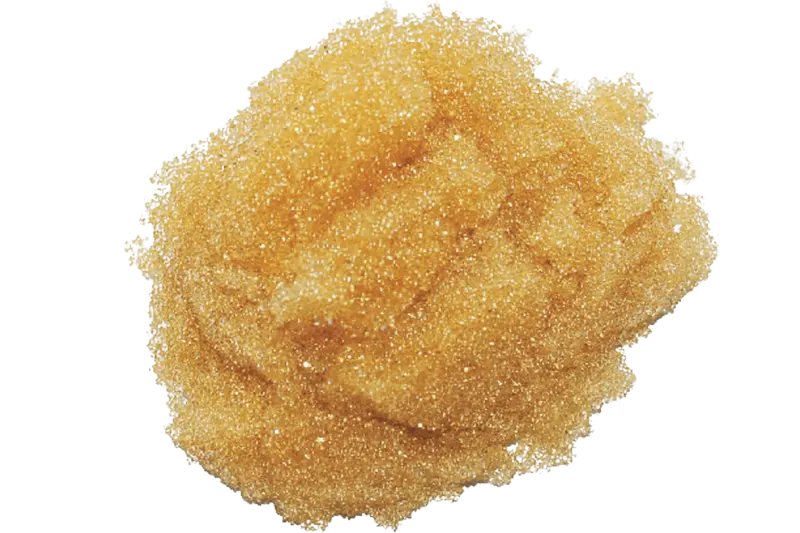








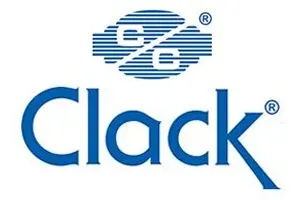

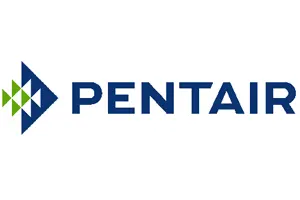
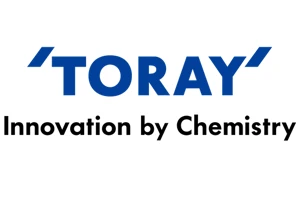

 Water Filter Columns
Water Filter Columns
 Water Filtration Membranes
Water Filtration Membranes
 Control Valves
Control Valves
 Water Filter Cartridges
Water Filter Cartridges
 Water Pumps
Water Pumps
 Water Filtration Equipment
Water Filtration Equipment
 Water Filtration Components
Water Filtration Components
 Water Filtration Materials
Water Filtration Materials
 Heat Pump Water Heaters
Heat Pump Water Heaters



 Products
Products  Solutions
Solutions  Project
Project  News
News